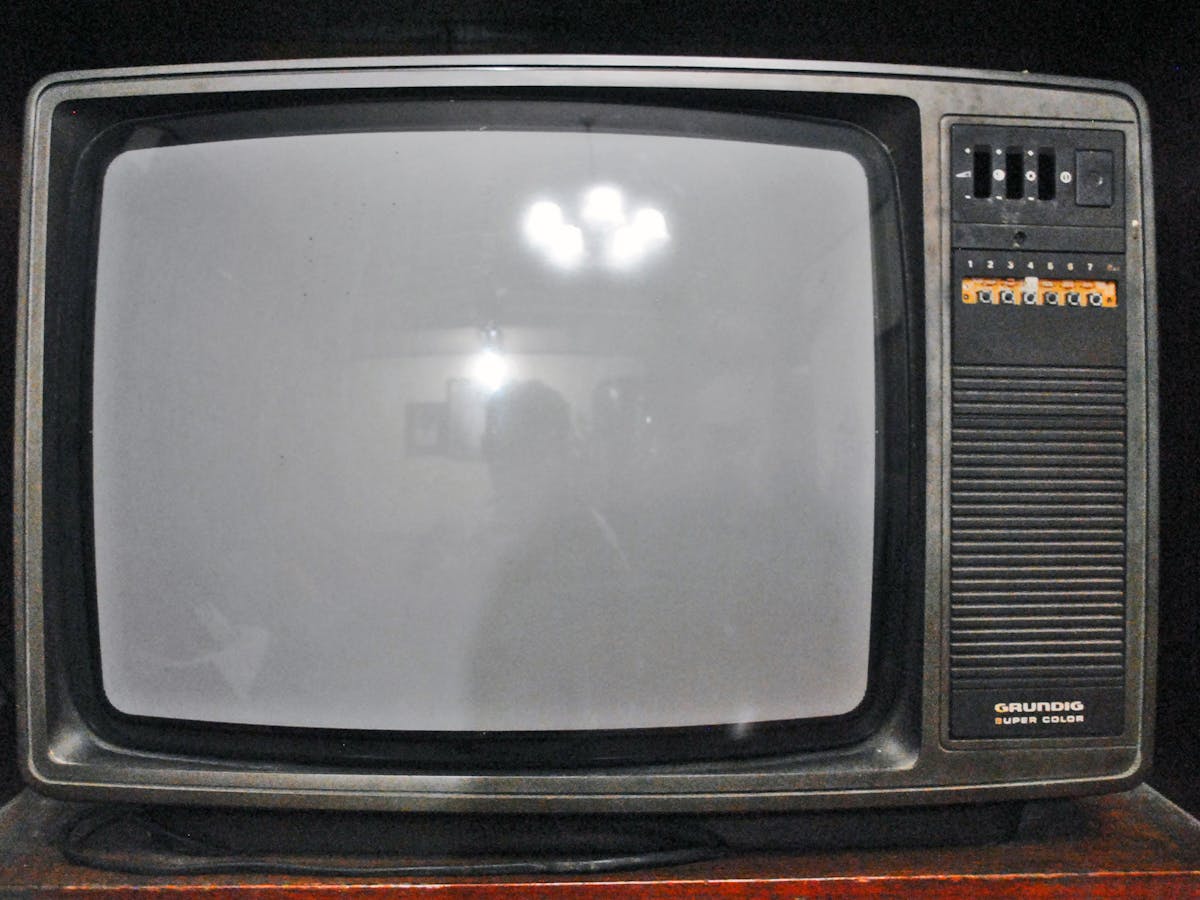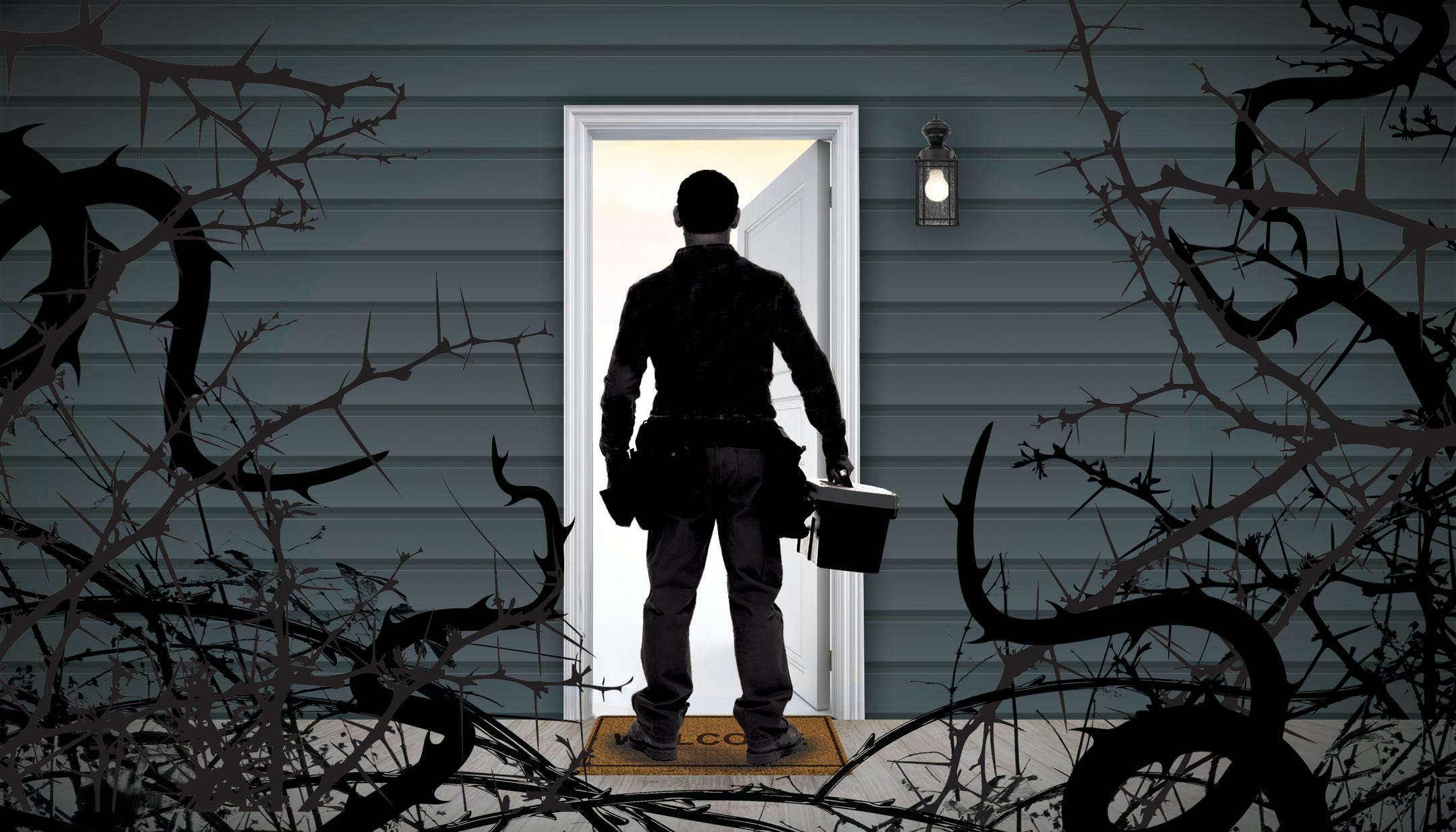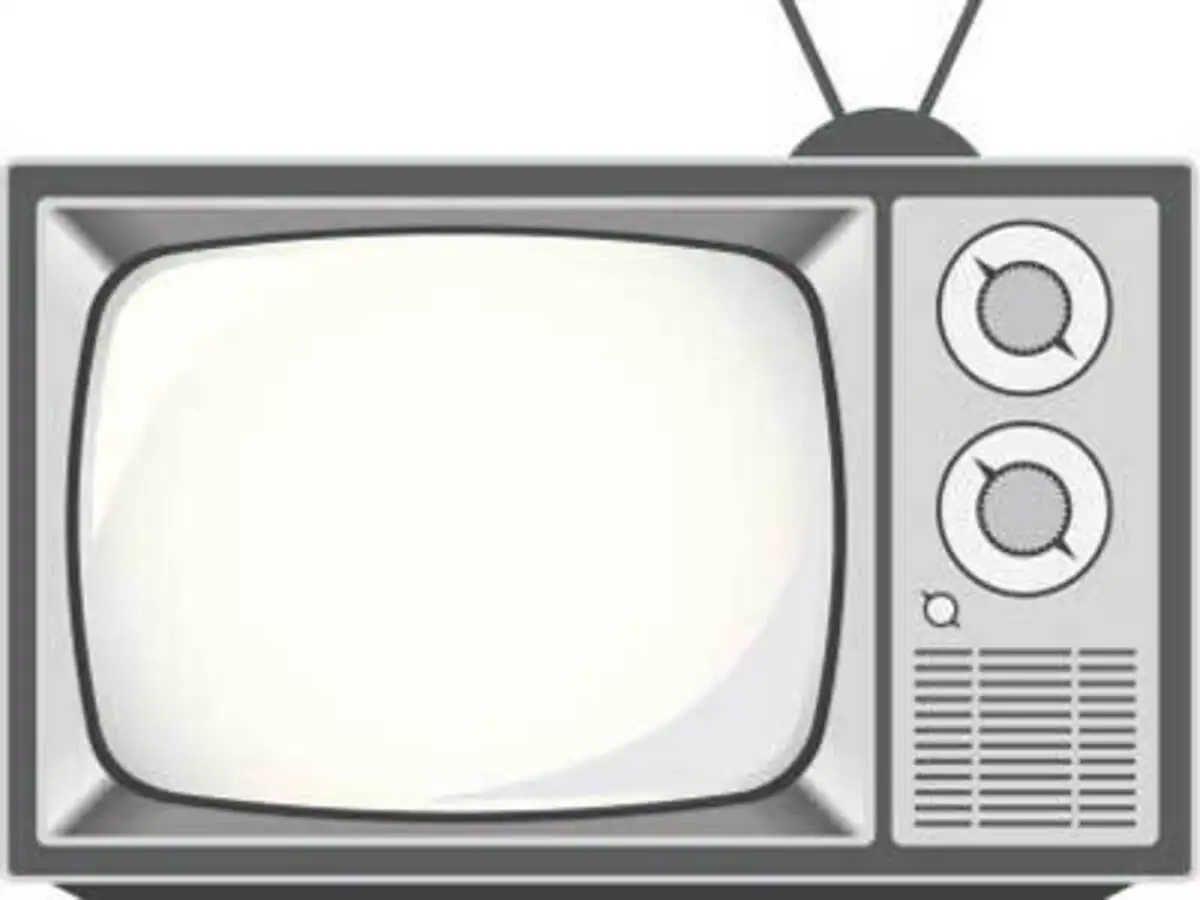Old Cable Companies - The US Federal Communications Commission is expected to vote this week to allow some Internet video streaming providers to be classified as cable companies.
Companies like Aereo, which lost a Supreme Court case against the major TV networks this summer, and FilmOn will be classified as multichannel video programming distributors, or MVPDs. The new classification will allow online video providers, also known as "over-the-top" video providers, to access broadcast programs as long as they pay a retransmission fee.
Old Cable Companies

FCC Chairman Tom Wheeler and Democrats Jessica Rosenwortzel and Mignon Clyburn are expected to vote yes, which would provide the necessary majority.
Vintage Catv Cable Tv Converter Box 1980's Untested Xz6
The vote follows a Supreme Court ruling last summer that struck down Aereo, which offered a subscription-based service that captured over-the-air signals and delivered them to a user's cellphone or computer, acting "like a cable company." Although streaming fees were at the center of the dispute in the Aereo case, legal experts noted that the ruling never classified Aereo as a cable company.
"The Supreme Court danced around it," Anderson J said. Duff, an intellectual property expert and associate at the Boston law firm Wolf Greenfield. “The decision never said Aereo was a cable operator, because that's a term of art, but in the process it opened the door to reclassification. "
If companies are classified as MVPDs, they will have to pay for a license - a move that broadcasters have been unable to stop. In addition, the amount of the MVPD payment will be determined by law. Technically, that position wouldn't make Aereo a cable company, which the bankrupt company tried to argue after losing court.
"Congress doesn't want to expand what is essentially a cable system," Duff said. "There's some cynicism in all of this, but it's partly because Congress is almost entirely dependent on local television as a way to reach voters. It seems they don't want local television to disappear.''
Can We Use Our Old Crt Tv Still Today?
Additionally, US Copyright Office Section 111 should be considered. The law allows cable systems to retransmit copyrighted works.
"It would allow them to negotiate with local broadcasters," said Ryan Radia, associate director of technology research at the Competitive Enterprise Institute. “However, this does not mean that they are actually cable companies under the Copyright Act. "
That's where the Copyright Office could clash with the FCC, Radio says. "The FCC has rulemaking authority, and they usually define what MVCP is," he says. — On the other hand, the Copyright Office has limited rule-making powers. payments".

Duff said: “The Copyright Office has repeatedly stated that relay operators such as Aereo and FilmOn should not be considered cable operators. You'll find a way to make it work."
Upcoming National Broadcast Policy To Clear Way For Cable Tv Operators To Provide Broadband: Report
FilmOn, based in Los Angeles, sought this type of approval from the FCC. The company has been fighting legal battles since 2010, but has managed to find solutions and stay in business.
"We've seen a lot of roadkill, including the likes of Ivi and Aereo," says Alki David, founder of FilmOn. “In some ways, it's clear that the FCC will want to protect existing business models. So we shouldn't see this decision as a huge surprise. The big surprise is how long it took and how long it took the FCC to accept it. This is a very complex issue with complex interests."
FilmOn's plan supports certified subscribers in local markets in accordance with FCC regulations. FilmOn will provide program exclusivity, emergency alerts and information, intimate assurance, equal employment opportunity and good faith compliance with rules and regulations governing MVPD services.
During the 2014 merger of cable operator Comcast ( CMCSA ) and programmer NBCUniversal, the FCC noted that it expected pay-per-view video to become another competitor to traditional MVPDs, which the cable giant would have to provide its programming to OTT providers. Cord cutters in particular had trouble accessing local channels; the FCC's rule change could level the playing field in a way that Aereo's case did not.
Cable Car In Kutaisi The Old Cable Car Takes Passengers To The Besi Gabashvili Park Stock Photo, Picture And Royalty Free Image. Image 28692582
"We're talking about the public airwaves," says David. "They are just that: public. And the ether should be available to anyone who wants it in any way. If I thought I was trying to manipulate a loophole, I wouldn't go into it. But deep down I know it's the right thing to do. “While you may think of cable TV subscriptions and services as a staple in your home or apartment, cable TV wasn't always with us, and it certainly wasn't what it is today. - Now. form very long. It has continuously evolved from its early and localized form and is now ubiquitous in modern life. Cable is how millions of people get news, entertainment and more, and in recent years it's allowed them to get it when and where they want it.
Join us as, in this installment, we take a look at the history of cable television, look at some of its influences and changes, and look at the events of the past decade to see where the industry may be headed.
While you might think that cable originated in one place, it actually developed uniquely in areas of Arkansas, Oregon, and Pennsylvania in the late 1940s where satellite signals were weak, absent, or simply non-existent. Additional satellite dishes were placed in strategic locations to pick up the best signals, and cables were then used to transmit the amplified signals to homes for entertainment.

While you might think that cable is most often installed in urban areas with large markets, the opposite is true for the early history of cable. Broadcast networks were more interested in urban centers where most people could connect with them. But the signals weren't perfect and easily got weaker compared to newer options. Cable TV in its early form was the solution to that, so the roots are set.
Cable Tv Svg Png Icon Free Download (#182872)
Because systems were easier to set up and dozens of systems and cable networks were in place, providers saw an opportunity: they could create signals and give people more programming options than they would otherwise have. While the dates may vary depending on which metric you use, it's generally accepted that cable television (or perhaps more specifically community-dated television that led to cable) was born in 1948.
As it turned out, cable grew, and it grew in the years that followed largely thanks to the occasional help of the FCC, which banned the construction and licensing of new broadcast towers for four years (1948-1952). As a result, more people became interested and subscribed to cable television to watch content originating hundreds of miles away.
And as cable operators began to see both growth and opportunity, programming opportunities expanded. While there were no original programming for the cable services we know today, the expanded offerings were more than enough to pique the interest of 1950s audiences. Cable operators knew how to create broadcast signals further afield, and by the late 1950s there was much hope and potential in the industry.
Growth continued to the point that by 1962 there were 850,000 customers on approximately 800 cable systems. We would like to point out that this is a much larger proportion of the population than would be expected according to current considerations, and that these numbers were both the result and the impetus for the massive investment in cable programming and technology. It should also be noted that cable technology was introduced and became increasingly popular in large cities and metropolises around 1960.
Cable Tv Is The New Landline
Although cable television had previously been largely unregulated by the FCC, largely due to a decision made in 1956 (cable television technically did not use the airwaves and thus collectively shut down the agency, which it had no jurisdiction to regulate), in 1962 things dramatically has changed as cable television has grown to be influential enough to significantly affect the broadcasting interests of the FCC's protection.
There was still growth, with over 4.5 million cable TV subscribers as of 1970, but the content available was limited. Cable companies were forced to carry local broadcasts and there were rules against dubbing locally available channels. These and other ordinances limited cable rates outside rural areas.
When it came to major developments in the market, there was stagnation despite the number of subscribers and profits. Fewer people and companies were willing to invest heavily, and it was respectable if only the government stepped in and cut back

Cable companies columbus ohio, cable and wifi companies, cable companies philadelphia, connecticut cable companies, local cable companies, cable companies baton rouge, old cable tv companies, other cable companies, cable companies in brooklyn, cable railing companies, cable companies in nj, cable internet companies

0 Comments